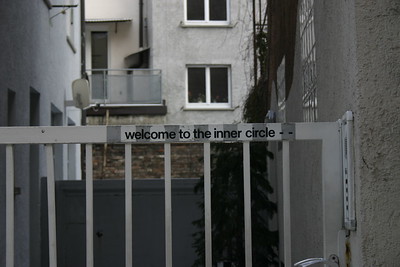Recently, the Federal Reserve Bank of New York released some research that explains exactly how devastating the failure of community colleges has been. I say that community colleges have failed because their collective enrollment has declined by nearly one million students in the past decade. Those “lost” students consist primarily of young adults and those living in low-income households – the target population community colleges were intended to serve.
While enrollment at traditional higher education institutions has also declined, the drop has not been nearly as steep or as devastating. Community college administrators either failed to recognize that their enrollments were in free-fall, or they simply ignored the problem, hoping that it would go away. Meanwhile, they stuffed as many administrative employees as possible on the payrolls of their institutions, chased crazy “get-rich-quick” schemes, built unnecessary buildings, and let the existing facilities go to waste.
This has left many community colleges with structural deficits, decrepit buildings with unmanageable maintenance backlogs, and an overabundance of administrators with fewer and fewer students each year to support the institution. It has flipped the position of the community college from one that serves the local community to an institution that is served by the community – and to little apparent benefit. Worse, it has left community colleges unable to respond to the needs of the communities that built and funded them over the past 50-100 years.
Community colleges are ineffective at solving economic problems
These community crises include an increase in the number of households that have fallen out of the middle class with no pathway back. More than half of all low income households rent, which leaves them perpetually vulnerable to inventory shortages in the housing market. This leads to both non-availability of rental housing and vastly increased cost for the available stock. According to data recently released by Harvard University researchers, 51% of all renters spend more than 30% of their income on housing, and 28% of renters spend more than 50% of their income on housing.
In Washtenaw County, the Washtenaw Housing Alliance estimates that there are about 3,000 homeless individuals here. About 40% of adults who have no permanent residence also have young children. Often, those on the edge of homelessness go unnoticed, living in residential hotels that charge thousands of dollars per month just for a place to stay.
Outside of the outsized cost of housing, low-income families have diminished access to credit, lower emergency savings, lower retirement savings, and a near-total lack of ability to respond to even small unplanned expenses. It leaves these households unable to access car loans and mortgage loans and causes them to acquire higher rates of student loan debt and credit card debt.
Student loan debt and credit card debt typically have variable interest rates, which makes repayment more difficult and increases the likelihood of default. Once these households default on student loans and/or credit card debt, the likelihood that they will be able to access car loans or mortgages sharply declines, even if their household income picture improves.
Building a gated county
The failure of community colleges to provide straightforward opportunities to improve students’ standard of living simply increases the gap between the “haves and have-nots” in a community. It ensures that people living in poverty will either remain in poverty indefinitely or be forced to leave the community.
This does not reflect the intended mission of the community college. The unwillingness of the community college administration – and to a greater extent, the Board of Trustees – to use the community college as a means to redistribute wealth is most likely to transform Washtenaw County into a Michigan’s largest gated community.
Photo Credit: Janet Daniel, via Flickr


















































